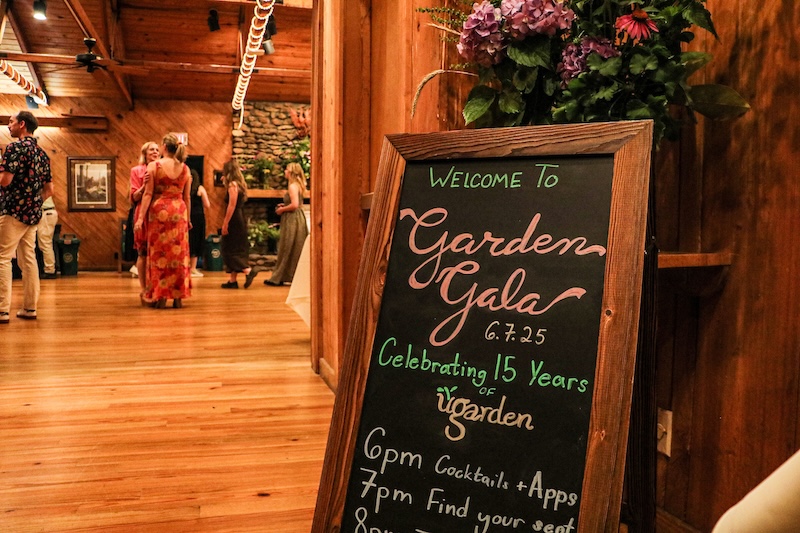Small fruits (berries and grapes) are great for home gardens. We're lucky in Georgia to have a rich history of small fruit breeding.
The blueberry and muscadine industries are built on cultivars bred at the University of Georgia Coastal Plain Experiment Station in Tifton and the Georgia Experiment Station in Griffin.
As I understand it, Cason Callaway, now best known for Callaway Gardens but also a Georgia legislator in the 1940s, saw the potential for small fruits here.
He helped get funding for blueberry and muscadine breeding positions. Two young scientists, T.O. Brightwell and B.O. Fry, picked up the breeding work the U.S. Department of Agriculture and UGA staff had started on a small scale in the 1920s.
After about 15 years, their efforts began to pay off. In the late '50s they released the rabbiteye "Tifblue" and the muscadine "Higgins." These were the first of the modern Georgia small fruit cultivars.
When Brightwell and Fry retired, Drs. Austin and Lane replaced them. They released the important blueberries Climax and Brightwell and the muscadine table grapes Fry, Summit and Tara.
Two new cultivars have just been released: Austin, an early- ripening rabbiteye, and Scarlett, a red-fruited muscadine.
Austin has a moderate winter chilling requirement of about 500 hours, so it's well-adapted to the Georgia coastal plain. If you're in the Piedmont or mountains and have had success with Climax, you'll likely have good results with Austin, too. Both bloom at about the same time.
The Austin berries ripen a few days ahead of Climax and have a good flavor. They're firm, but not as firm as Climax. And the bushes are quite productive.
Scarlett is a female-flowered muscadine with beautiful red fruit. The color is much brighter and more attractive than Higgins. The grapes are large and taste very good. Scarlett vines have been productive all around the state.
If you'd like to buy plants or vines of these two new cultivars, contact the county extension office for a list of nurseries.
These combined 100-plus years of fruit-breeding have helped form the South's largest small-fruit industry. And they help millions of Georgia home gardeners enjoy blueberries and muscadine grapes.
Georgia growers have more than 4,000 acres of blueberries, mostly in the piney flatwoods of Southeast Georgia.
In many of these counties, blueberries are now a major crop. Bacon County alone has seven blueberry packing or blueberry-raisin processing plants.
More than 1,200 acres of muscadine table grapes are grown in Georgia, too. These are the quarter-sized "Scuppernongs" seen in Southern grocery chains in August and September.
A newly formed co-op has even shipped them to Yankeeland, where expatriate Southerners and health-conscious folks are forming a new group of buyers.
In the past few years, USDA and Mississippi State research has found health benefits from blueberries and muscadine grapes.
Blueberries contain the same phytochemicals as cranberries (another species in the same genus), which help prevent urinary-tract infections. The blue pigments, called anthocyanins, are active antioxidants.
Muscadine grapes are one of the world's richest sources of ellagic acid (thought to help prevent cancer) and resveratrol. That helps reduce heart disease in the so-called "French paradox." (Frenchmen with rich diets who drink red wine have much less heart disease than expected.)
Besides these recent finds, blueberries and muscadine grapes are also rich in dietary fiber, which helps prevent colon cancer. They're chock full of vitamins and minerals, too.






